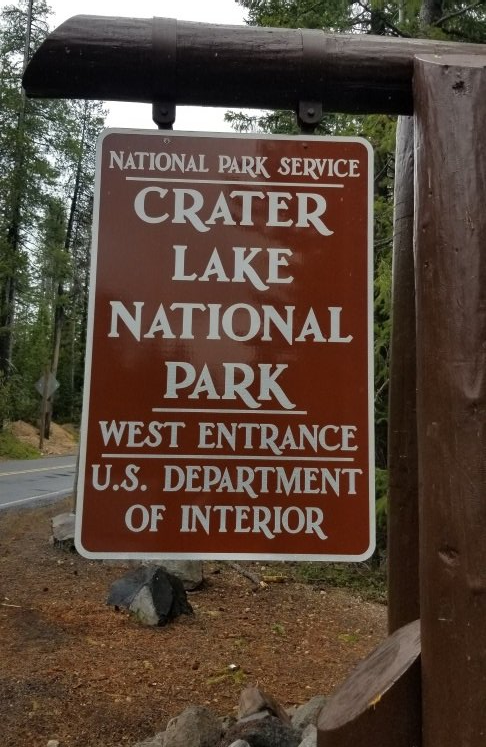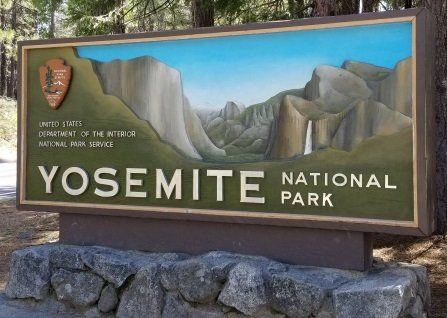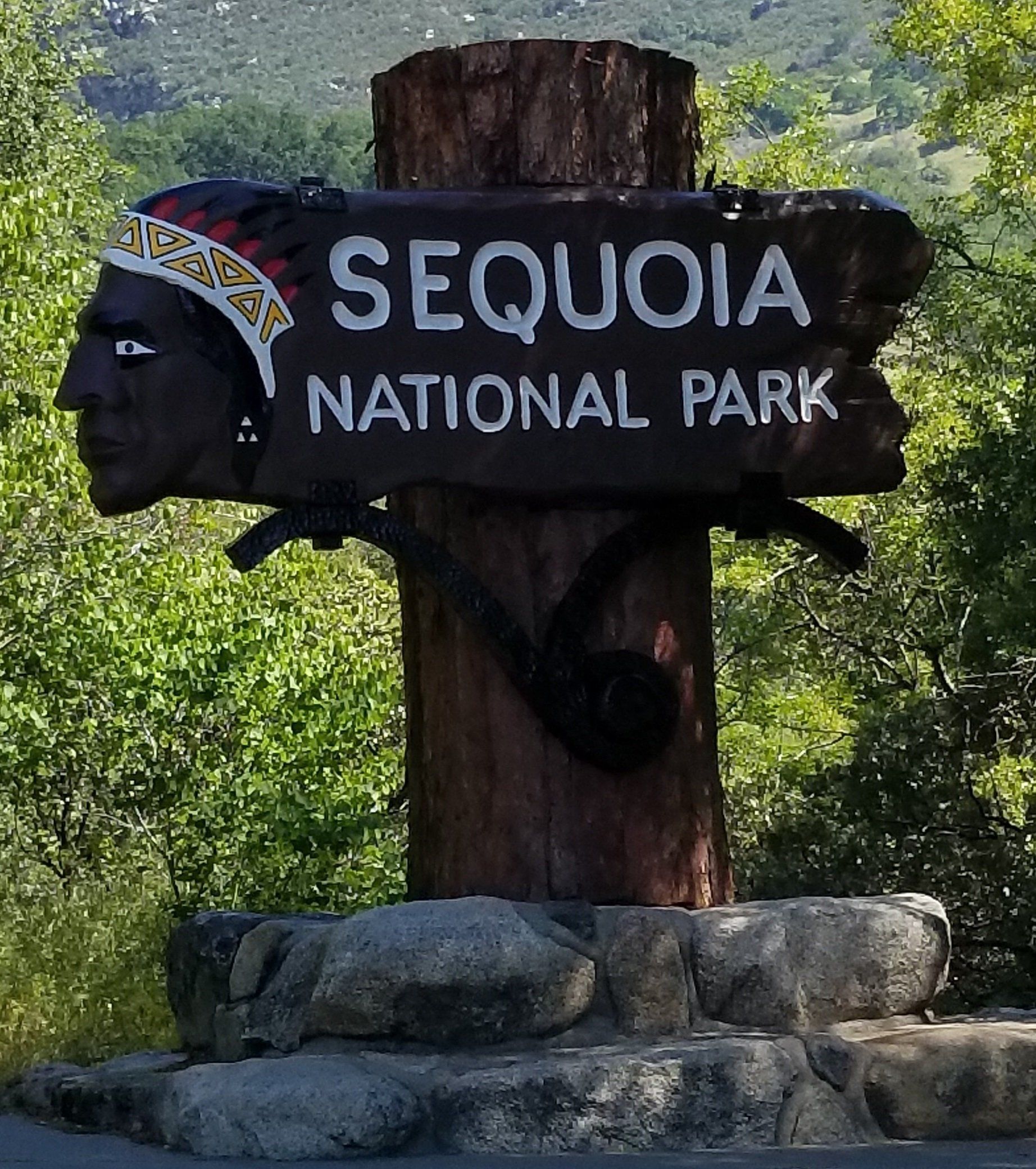Sequoia National Park and Kings Canyon Park are lesser known parks
compared to their northern neighbor, Yosemite. Although they lack the
grandeur of Yosemite's rock formations and waterfalls, Sequoia National
Park is still pretty magnificent in its own right.
The park is set up on a half loop, encompassing over 400,00 acres
with an elevation climb from 1700 feet to the higher elevation points of
around 7000 to 8000 feet with varying biospheres by elevation. From
start to finish, it was by far the most diverse park we have been to,
yet.
The main attraction of the park, is General Sherman. It is known as
the largest single stem tree. The tree is not located off a road, so there is a
trail head to get there. Unfortunately, Aaron and I did not consider the
snow melt and slush on the trail and wore sandals, which turned out to
be a bit disastrous. Another thing we did not factor was hiking in
higher elevation.
General Sherman is indeed a giant Sequoia, but from eyeballing other
neighboring sequoias, it did not seem as extraordinary as others had
played it up to be. There are many large sequoias in the park which were
slightly smaller, but were just as striking.
My favorite sequoia bunch was in a different part of the park.
Sequoia National Park is an unforgettable experience, especially
walking through the old growth sequoias. With the increasing devastation from year
to year in California due to forest fires, I would say that the preservation of these thousand year old trees is nothing short of miraculous. I hope that future generations will be able to experience them as well.















